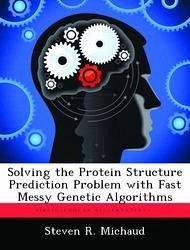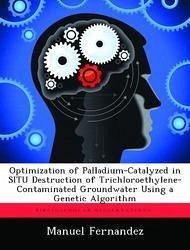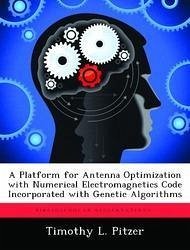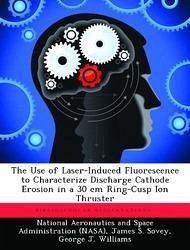Nicht lieferbar
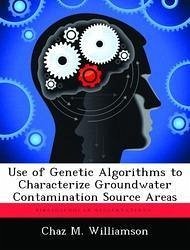
Use of Genetic Algorithms to Characterize Groundwater Contamination Source Areas
Versandkostenfrei!
Nicht lieferbar
This research investigates the application of genetic algorithms (GAs) to help interpret data from partitioning interwell tracer tests (PITTs) to characterize groundwater contamination source areas. The data used in this research were obtained from PITTs conducted in hydraulically isolated test cells at Hill AFB, Utah by researchers from the University of Florida. The tests were carried out to evaluate the effectiveness of cosolvent and surfactant flushing for remediating non-aqueous phase liquid (NAPL) sources of groundwater contamination. PITTs use tracers that flow from an injection to an e...
This research investigates the application of genetic algorithms (GAs) to help interpret data from partitioning interwell tracer tests (PITTs) to characterize groundwater contamination source areas. The data used in this research were obtained from PITTs conducted in hydraulically isolated test cells at Hill AFB, Utah by researchers from the University of Florida. The tests were carried out to evaluate the effectiveness of cosolvent and surfactant flushing for remediating non-aqueous phase liquid (NAPL) sources of groundwater contamination. PITTs use tracers that flow from an injection to an extraction well in the test cells. The quantity and distribution of NAPL in the cell can be inferred by the tracer concentration versus time responses (known as the breakthrough curves) at the extraction well. In this work, GAs were used to help interpret tracer breakthrough curves from PITTs. Two transport models were developed to simulate tracer transport in the test cells. One model assumed the cell consisted of multiple layers, and that transport in each layer could be described by the one-dimensional advective/dispersive equation. The second model also assumed multiple layers, and modeled transport in the individual layers as advective transport through 100 tubes.




